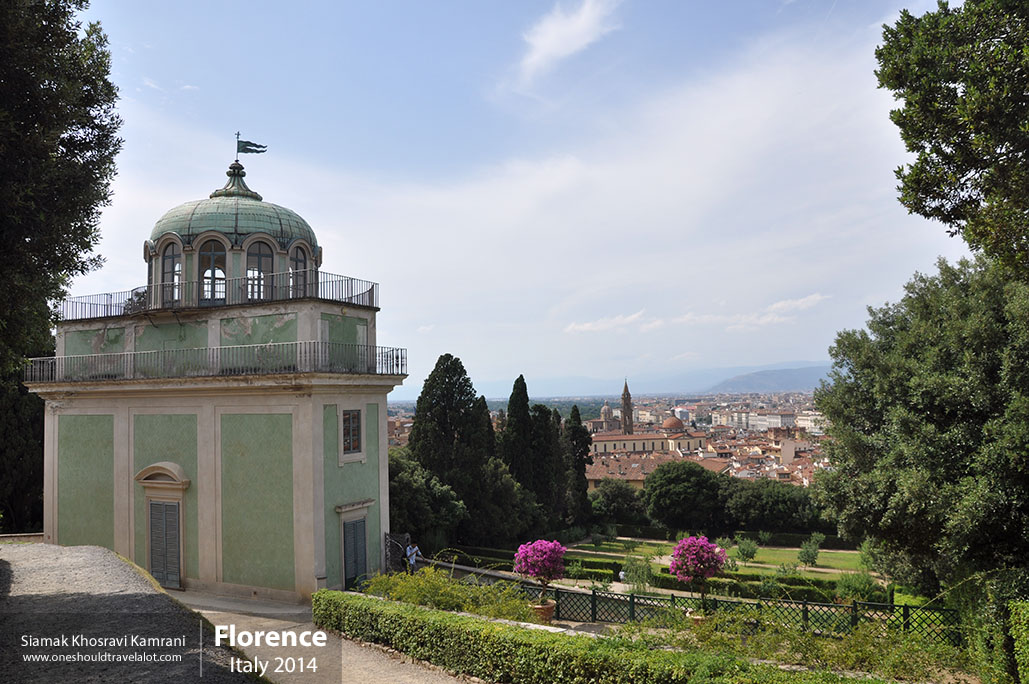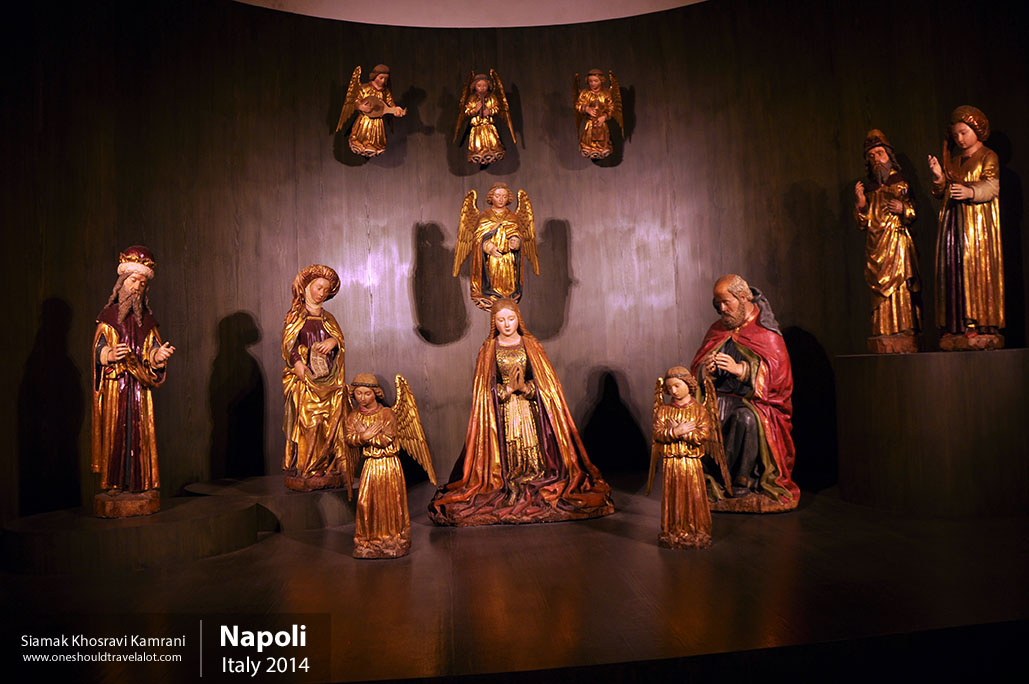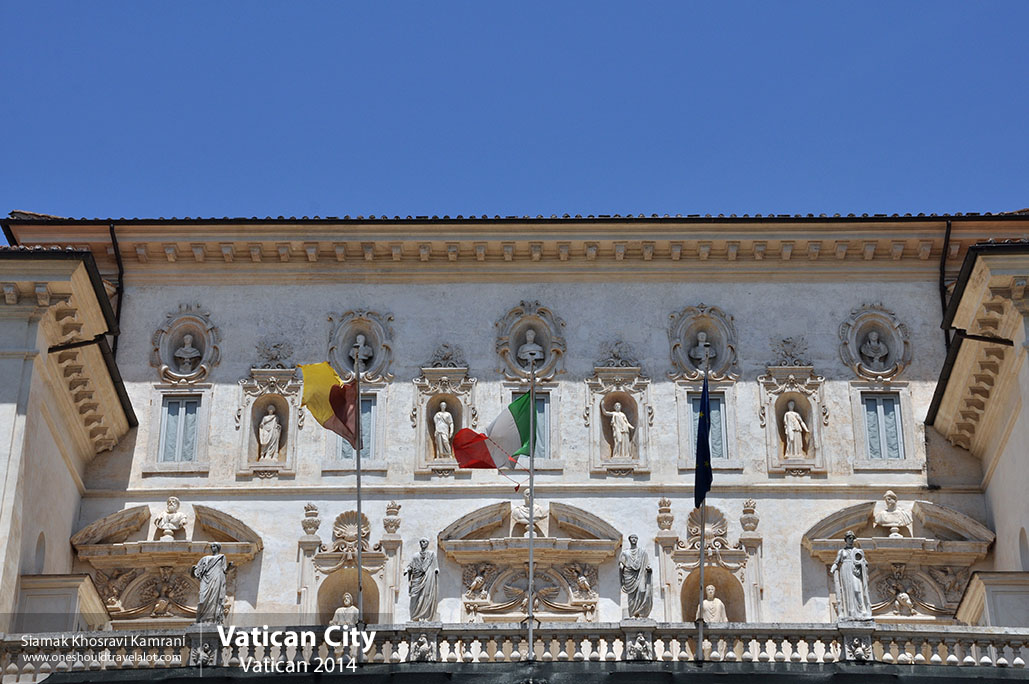Discovering the Timeless Charm of Pompeii
As the plane began its descent into Naples, the vibrant coastline of southern Italy came into view. Nestled in the shadow of Mount Vesuvius, Pompeii awaited—a city frozen in time and teeming with stories from the past. I felt a rush of excitement as I imagined the incredible photographs I would capture, each one a testament to the resilience and beauty of this ancient city.
First Impressions of Pompeii
Upon arriving, I was struck by the juxtaposition of the modern world with the ancient ruins. The bustling streets of Naples gave way to quieter roads lined with olive trees and vineyards as I made my way to Pompeii. The air was filled with the scent of citrus and the distant hum of cicadas, creating a serene atmosphere that felt worlds away from the contemporary hustle and bustle.
Pompeii itself is a mosaic of history and culture. The ruins, preserved by the volcanic ash from the catastrophic eruption in 79 AD, offer a hauntingly beautiful glimpse into life in ancient Rome. Walking through the cobbled streets, I could almost hear the echoes of daily life from centuries ago.
Exploring the Ruins
The heart of Pompeii is its archaeological site, a sprawling expanse that reveals the city’s former grandeur. My first stop was the Forum, the social and political hub of Pompeii. The grand columns and remnants of temples stood as silent witnesses to a bygone era. With my camera in hand, I captured the intricate details of the architecture, the play of light and shadow adding depth to each frame.
The Culture and Traditions of Pompeii
While Pompeii is renowned for its ruins, the local culture is very much alive. The people of this region are known for their warmth and hospitality. I was fortunate to visit during a local festival celebrating the patron saint of Pompeii. The streets were alive with music, laughter, and the delicious aroma of traditional dishes being prepared.
One of the highlights was sampling the local cuisine. Neapolitan pizza, made with fresh ingredients and cooked in wood-fired ovens, was a revelation. I also savored sfogliatella, a delicate pastry filled with ricotta cheese and flavored with orange zest. Each bite was a testament to the rich culinary traditions of the area.
Photographing the People and Scenery
The people of Pompeii, with their expressive faces and lively gestures, made for compelling subjects. I spent a morning at the local market, where vendors sold everything from fresh produce to handmade crafts. The vibrant colors and animated conversations provided a dynamic backdrop for my photographs.
One of my favorite shots was of an elderly man playing the mandolin, his weathered face telling a story of a life steeped in tradition. The music, heartfelt and soulful, seemed to capture the essence of Pompeii itself—a place where the past and present coexist harmoniously.
The Languages and Ethnicities of Pompeii
Italian is the predominant language spoken in Pompeii, and while my grasp of the language was basic, I found that a smile and a few words in Italian went a long way in bridging any communication gaps. The locals were patient and appreciative of my efforts to engage with their culture.
Pompeii, like much of Italy, is predominantly composed of ethnic Italians. However, the city has always been a melting pot of cultures, dating back to ancient times when it was a bustling port and trade center. This rich tapestry of influences is evident in everything from the architecture to the cuisine.
Living Standards and Societal Conditions
Modern Pompeii is a charming town that balances its historical significance with contemporary comforts. The standard of living is relatively high, with well-maintained infrastructure and a strong sense of community. Tourism plays a significant role in the local economy, providing jobs and supporting businesses.
Despite the influx of visitors, Pompeii has managed to retain its authentic charm. The residents take pride in their heritage and are committed to preserving the city’s history while welcoming tourists with open arms. This blend of old and new creates a unique atmosphere that is both nostalgic and vibrant.
Capturing the Essence of Pompeii
As I continued my exploration, I was constantly inspired by the beauty and resilience of Pompeii. The Amphitheater, one of the oldest surviving Roman amphitheaters, stood as a testament to the city’s rich cultural heritage. I captured images of its weathered stone, imagining the gladiatorial contests and performances that once took place there.
The Villa of the Mysteries, with its well-preserved frescoes, offered a glimpse into the opulent lifestyles of Pompeii’s elite. The vivid colors and intricate details of the artwork were a photographer’s dream, and I spent hours framing the perfect shots.
Immersing in the Local Atmosphere
Evenings in Pompeii were a time to unwind and reflect on the day’s adventures. The local trattorias, with their cozy ambiance and delicious food, provided the perfect setting to relax. Over a glass of local wine, I struck up conversations with fellow travelers and locals, sharing stories and gaining new perspectives.
One evening, I joined a guided tour to experience Pompeii by night. The ruins, illuminated by soft lighting, took on an ethereal quality. The shadows danced across the ancient walls, and the silence was profound, broken only by the occasional rustle of leaves. It was a magical experience that deepened my appreciation for the timeless beauty of Pompeii.



